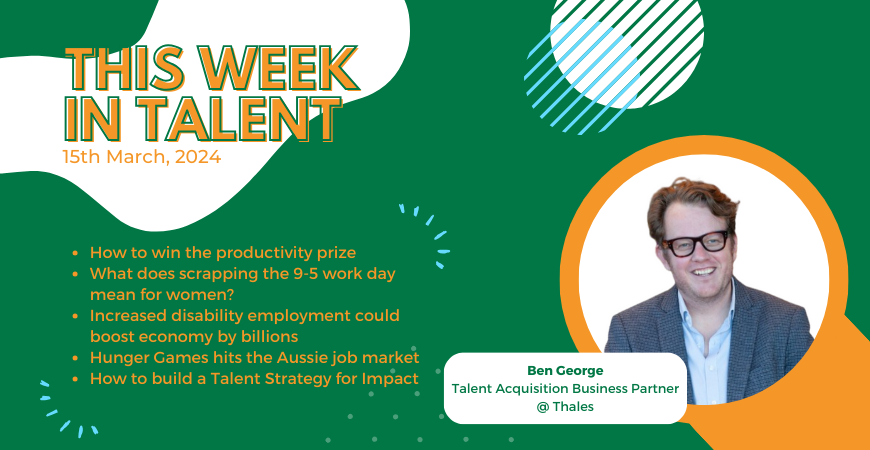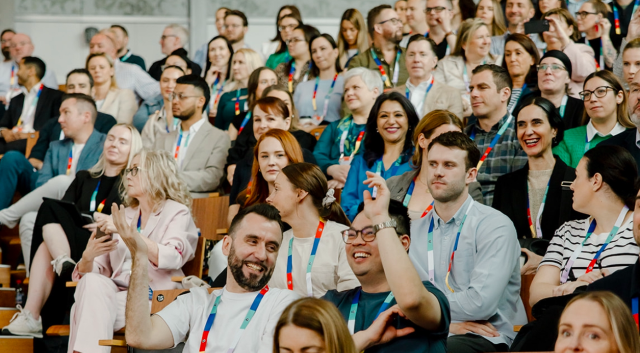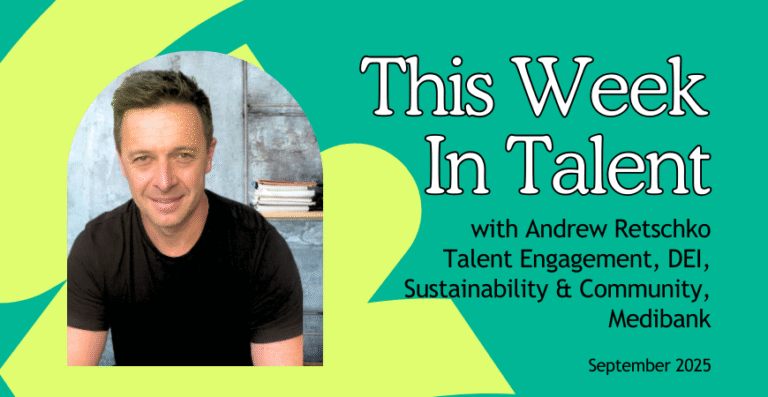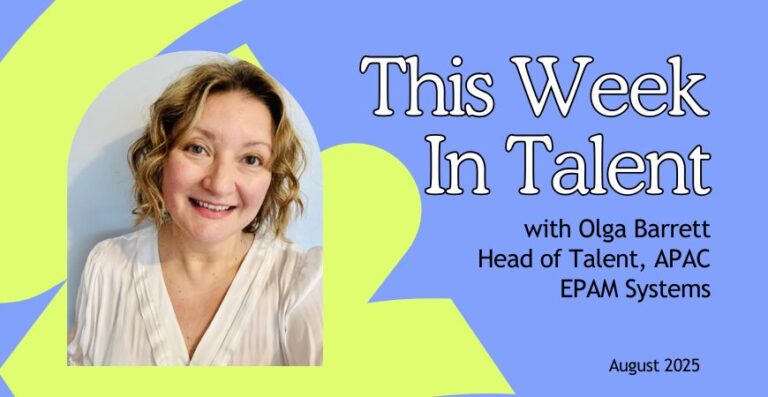Hello again, it’s Ben George, your guide through March’s month of TWITs. Since my shift to part-time work at Thales, my journey has been enlightening and challenging, and it continues to be transformative. Though I’ve worked in Talent Acquisition for some time, I’ve recently felt I’m back at the start of the learning curve.
When I first embarked on this part-time adventure, I harboured a secret belief: I could squeeze (close to) a full-time output into my reduced hours. The truth hit hard and fast – no matter how efficiently one plans their day, there are limits to what can be achieved in fewer hours. This was my first reality check.
To maximise output, last year, I read many productivity books. I’ve transitioned many aspects of my working methods from time-blocking to trying to set out a daily plan to limit the friction we all experience when transitioning tasks (and Talent Acquisition completes a wide range of tasks!). These techniques are helpful but don’t fully bridge the gap between part-time and full-time output. It was a tough pill to swallow, but it was also liberating in a way.
This journey isn’t just about adapting my work style but also an emotional rollercoaster. Accepting that I can’t do it all is challenging. Knowing when to seek support and ensuring somebody has all the information required isn’t something we are all trained in.
Outside of my leaders and colleagues, I’ve been amazed at how accepting and supportive stakeholders and candidates have been. During briefing and screening calls, I talk about my work schedule and detail how updates and communication will delivered, and so far, the feedback has been very positive. It’s a two-way street; as much as I rely on them, they know they can count on my expertise during my working days.
To those contemplating a shift to part-time work, know this: it’s a journey filled with adjustments and learning. But with the right mindset and support, it’s a journey worth taking. Part-time work doesn’t mean part commitment; it’s about maximising your impact in the time you have.
This is how to win the productivity prize
An article by the chair of the Productivity Commission, Danielle Wood, covers how women’s participation rates in Australia affect our productivity metrics and that workplace-entrenched gender norms play a significant role in holding women back on the corporate ladder.
The traditional 9am-5pm hours could be scrapped for WFH employees. What will it mean for women?
The Fair Work Commission has received a submission that advocates for “make-up-time” provisions for WFH employees. Those who are balancing children and work could benefit from protections given to not always working t 9am – 5 pm
Increasing disability employment could boost the national economy by billions
A recent report by Bankwest Curtin Economics Centre at Curtin University suggests that there’s been no improvement in employment rates for people with a disability. This article summarises some great points.
Hunger Games hits Australia’s jobs market
Though it focuses on economics, this article caught my eye. It looks at data that Seek released last week that showed that job growth has slowed this year, and the number of applicants per job is increasing. Workforce participation has increased, but the number of people working multiple jobs (due to part-time hours) is also growing.
How to build a Talent Strategy for impact
**Sponsored**
Is it time to re-assess your Talent Strategy? This un-gated eBook features renowned leaders in workforce optimisation and digital transformation Siobhan Savage and Jason Averbook sharing tips to help you unlock the full potential of your talent strategy to best meet your organisation’s goals.







